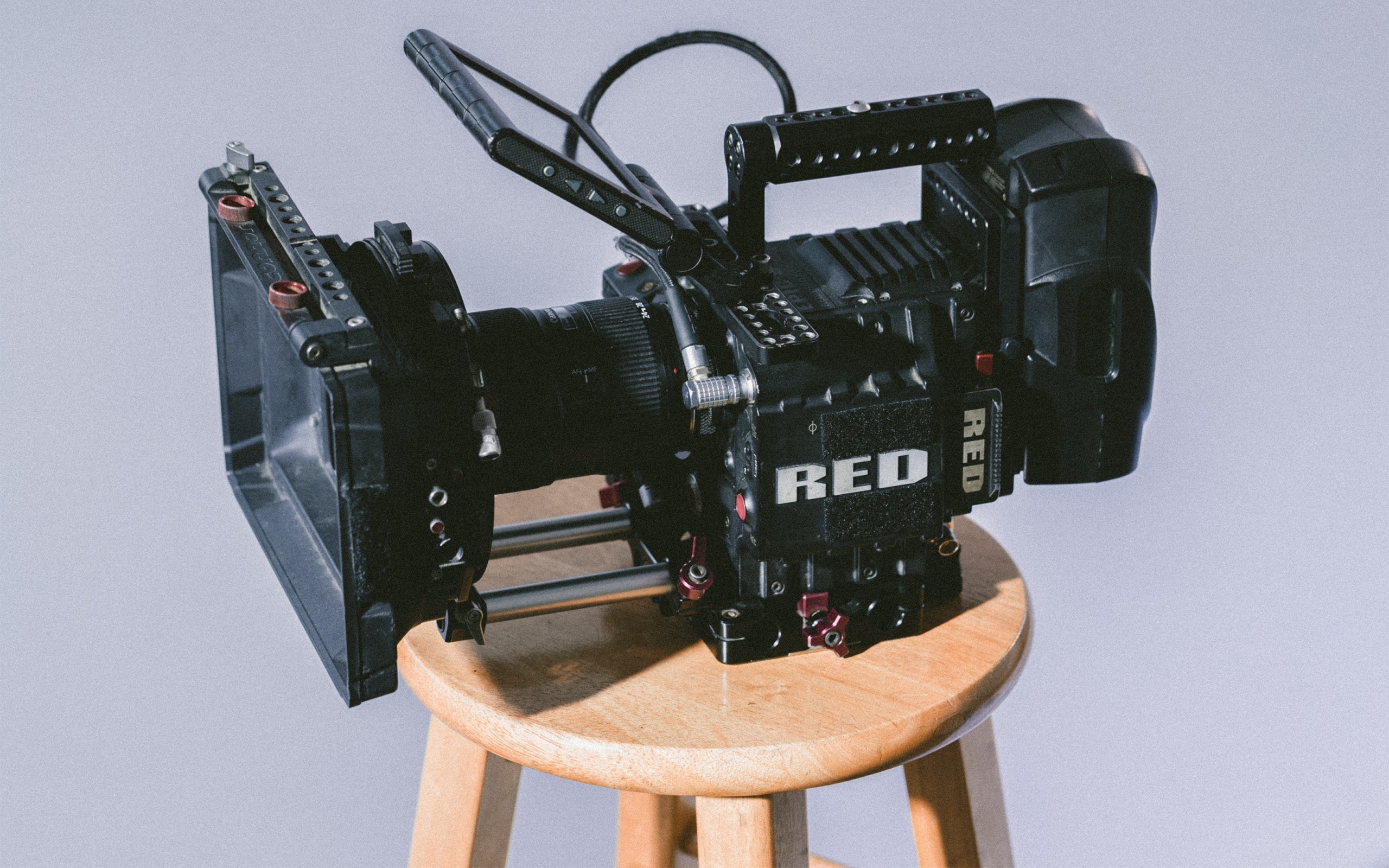
1. Keep it simple.
The best brand videos revolve around a simple question. Focus on what the audience wants to know, what they’re asking about. In this case, we wanted to explore what “disability” is today — the idea of inclusivity, accessibility and the spectrum of possibilities for everyone in Manitoba.
2. Let your brand video double as a testimonial.
When you let your brand’s community — clients, customers or members — speak on your behalf, there’s an inherent level of authenticity and trust in the message. It demonstrates that your brand is strong, your organization has an open culture, and your community understands what you do and why you do it.
3. Set a clear purpose.
Whether you're focusing on a philosophical change in strategy, building confidence and trust, or highlighting social responsibility to set you apart from competitors, having a clear, defined focus is key.
A simple way to do this is to ask yourself: How would I promote this video on social media? This question helps you define your goal and keeps messaging succinct.
4. Wrap the authentic experience in a narrative.
When you’re shooting a documentary-style brand video centred around the authentic experiences of clients, customers or employees, you can end up with a lot of footage, as we did with the Manitoba Possible shoot. The key to creating a compelling video from a wide variety of thoughts and ideas is to find a narrative that brings it all together.
5. Less is more.
A brand video is ultimately leaving a person with a sentiment. It’s an opportunity to evidence your brand through action rather than just words — in other words, it should show the audience who you are and what you stand for. If, in editing, you find yourself adding context or descriptions in captions, then there’s a good chance you need to simplify things.
6. Ensure people feel safe.
When you’re creating a documentary-style brand video, as we did with Manitoba Possible, it’s essential to shoot in an environment where people feel safe and secure so they are okay with being vulnerable and honest. The studio we shot in retrofitted its space to be fully accessible so that we could bring in a full range of Manitoba Possible clients. We ensured the set was simple but lively, and props were sturdy so our participants could safely lean or sit on them. The result was everyone felt comfortable and relaxed enough to open up during the shoot.
7. Be flexible.
When you’re interviewing a lot of people, the focus of the video may evolve. Being open to a shift in focus rather than sticking with a predetermined concept can result in a far more impactful and meaningful brand video.
8. What extras can you get from the shoot?
When you’re planning a brand video shoot, it’s a smart idea to think about what other assets you could create from your conversation with interview subjects.
A few additional questions for each person you're interviewing could help you build powerful content over and above the brand video.
With Manitoba Possible, we had so much amazing extra footage that we were able to produce profile videos, which have had amazing social media engagement for Manitoba Possible.
9. Representation matters.
Good representation of the various communities you serve is essential to showcasing who you are as a brand and who you serve. When a viewer sees someone like them in a brand video, they often connect with the brand and feel a sense of welcome and belonging. Manitoba Possible’s brand video featured a diverse group of clients living with a wide range of disabilities to reflect the wide diversity of the organization’s clients.
10. Look for interesting dynamics.
One way to highlight what makes your brand unique is to showcase interesting interactions. This could be a customer and salesperson together, rather than just the customer. In the Manitoba Possible video, we featured families, individuals alone, and individuals with aides and translators to highlight the varied experiences of living with a disability.



